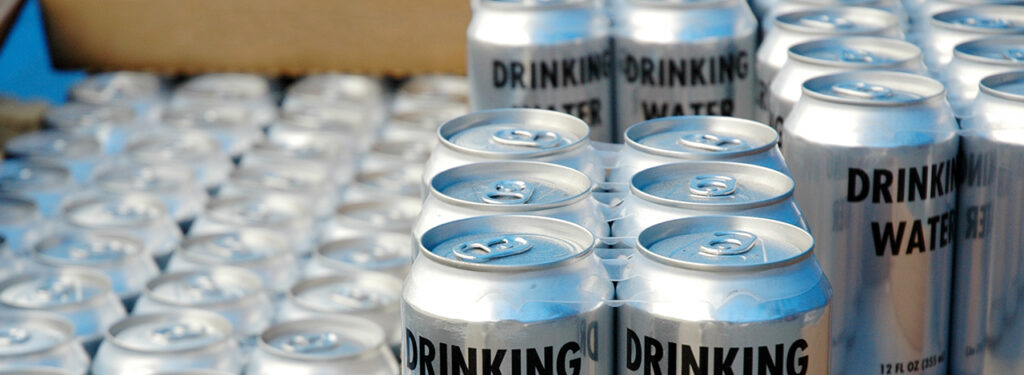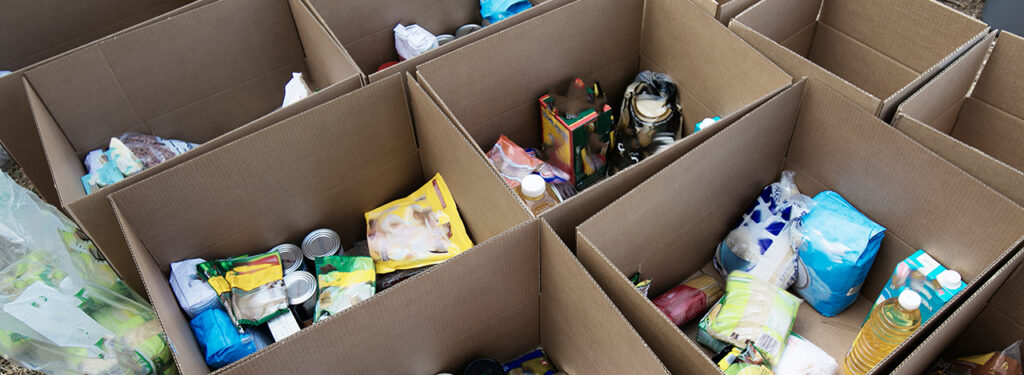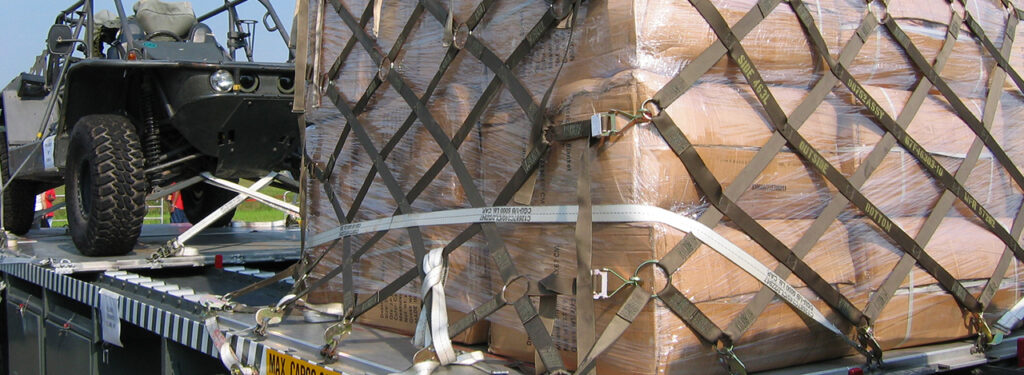As a specialty crating, packaging and shipping company, Craters & Freighters helps businesses and individuals move important assets across the country and around the world every day. In some cases, those shipments are time-sensitive. However, nothing compares to the sense of urgency when resources are needed following a natural disaster.
For example, Craters & Freighters operations in a number of locations have helped deliver goods during natural disasters and ventilators during the COVID-19 pandemic. Whatever resources are needed in an emergency situation, they have to get to their destination on time and in as-shipped condition, and the company given this type of responsibility must be able to do the work quickly, efficiently and effectively.
Delivery delays caused by a shipper struggling to build a customized crate for a multimillion-dollar drone and then block and brace the device within the crate to immobilize it is not an option. The shipping experts that authorities—local, regional or federal—turn to in this type of situation must have packaging engineers on staff who can assess both an item and the conditions it will face during transport and devise a packaging and crating strategy to fully protect it.

What Is FEMA?
When people hear that a disaster has occurred, the acronym FEMA immediately comes to mind. FEMA is short for Federal Emergency Management Agency, an agency within the U.S. Department of Homeland Security. FEMA has a long history of being among the first organizations on site when a tornado, hurricane or other natural or manmade disaster occurs.
The agency was officially created through an executive order by President Jimmy Carter in 1979. However, its roots go back to the early 1800s. As FEMA notes on its website, the need for an agency focused on emergency management was first addressed through a Congressional Act in 1803.
“The first legislative act of federal disaster relief in U.S. history followed a devastating fire in Portsmouth, New Hampshire in December 1802. The destruction of large areas of the city’s seaport threatened commerce in the newly founded nation. In 1803, the U.S. Congress provided relief to affected Portsmouth merchants by suspending bond payments for several months.”
In modern times, FEMA’s role has evolved as a result of several major emergencies including the September 11 attacks, Hurricane Katrina and Hurricane Sandy. Most recently, Congress gave the agency expanded authorities in 2017 as a result of “a historic Atlantic hurricane season and extreme wildfire disasters.” The changes were designed to “build a culture of preparedness, ready the nation for catastrophic disasters, and reduce FEMA’s complexity.”
When looking at the types and scope of the emergencies that FEMA responds to, it is easy to envision situations where the skills of an experienced specialty crating, packaging and shipping company can be a tremendous asset. That is particularly true of a company like Craters & Freighters that has more than 65 brick-and-mortar locations around the U.S. and a worldwide network of trusted business partners.

Crating and Shipping Expertise as an Asset for Smaller-Scale Emergencies
Large-scale disasters that FEMA responds to are not the only ones where equipment and supplies are needed urgently. Local disaster-response entities face the same types of logistical challenges—challenges where the expertise of an industry-leading specialty crating and shipping company can be crucial.
Floods, fires, earthquakes and other incidents can leave city, county or state officials scrambling for the resources needed to address an emergency. Fortunately, while there is no way to know what equipment or materials will be needed for a disaster that has not yet occurred, government entities and others involved in emergency response and recovery efforts can establish relationships with companies like Craters & Freighters to position themselves to react quickly.
Services FEMA and Other Agencies Can Capitalize On
A helpful step that emergency management organizations can take to prepare to meet their transport needs is to talk with Craters & Freighters about available services. For example, we can design and build wood crates, skids and pallets to transport items of any size, shape or weight. A quick look at our photo gallery demonstrates this fact. From aircraft to massive industrial equipment, there is no job that is too big or complex for our skilled and experienced team members at locations all around the U.S.
But we handle more than large and bulky items. Craters & Freighters has extensive experience in the safe transporting of sensitive electronics. Getting equipment to the site of a disaster quickly is not helpful if the equipment has to be repaired on arrival. From shock and tip sensors, to anti-static bubble wrap, to vapor barrier bagging for ocean transport or travel in high-humidity climates, we know how to protect electronics properly.
Our teams are also adept at packaging, crating and handling medical devices like lab equipment, diagnostic equipment, surgical equipment, etc. And for disaster management where the armed forces will be providing support, we have extensive knowledge of and experience with military equipment shipping and MIL-SPEC requirements. We also have served the aerospace industry for many years and can move items like aircraft safely and efficiently.

In addition, if hazardous materials are needed as part of disaster response activities or must be transported away from a disaster site, Craters & Freighters has extensive expertise in hazmat shipping. That includes the packaging and crating of materials and also the handling of all of the labeling and documentation requirements.
And critical to any shipping engagement—urgent or otherwise—is the ability to provide expert logistical support. That is expertise that only comes from having moved assets of all kinds all around the globe for more than 30 years, as Craters & Freighters has.
Disaster Planning and Custom Crating and Shipping: Enabling a Rapid Response
When it comes to crisis response situation, the best approach is “Hope for the best. Prepare for the worst.” Part of that preparation is being ready to move equipment and materials into and out of disaster zones efficiently and effectively.
The decades of experience that Craters & Freighters has had in transporting assets quickly and safely to any location around the world can be a valuable asset to the agencies and individuals charged with protecting people and property and helping bring calm to chaotic situations wherever and whenever they arise.

